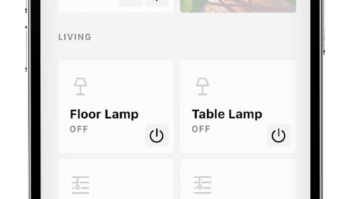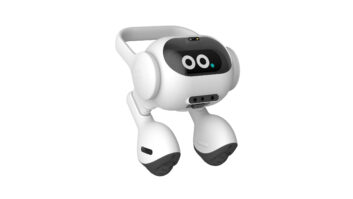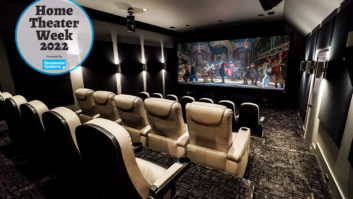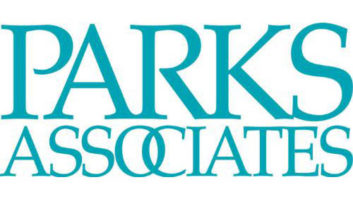As Josh.ai turns eight years old, it serves as a time to reflect on the significant strides that have been made since our CFO, Nader Dajani, explored 5 Challenges Facing the Smart Home Market. We have come a long way since then with the demand, innovation, and accessibility of technology increasing dramatically. In celebration of our eighth birthday, we examine how far the smart home has come and how Josh.ai is helping the industry evolve.
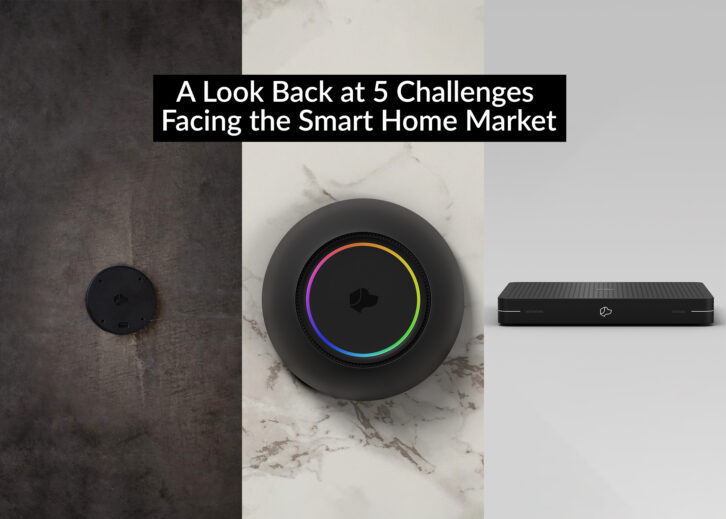
5 Smart Home Challenges:
- No one really knows the market size
- The technology is not quite there yet
- Thieves can unlock your house…virtually
- We need coordination, not just integration
- People are aware, just not ready to jump in
1. No one really knows the market size
When the smart home market was in its infancy, its size and scope was a big unknown. Fast forward to today and the industry has taken shape, grown significantly, and is expected to continue expanding. According to Market Data Forecasts, the global IoT market reached $330.6 billion in 2020 and is expected to reach $875 billion by 2025. This continued growth is primarily driven by the increasing demand for smart home devices that offer convenience, security, and energy efficiency.
The adoption can also be attributed to the emergence of smart speakers and voice assistants, which have played a crucial role in propelling the growth of the connected home. These devices have been instrumental in familiarizing the mass market with smart home technology and accelerating demand. By providing a low-cost entry point into the world of connected devices, smart speakers have paved the way for increased consumer acceptance. As a result, they have become a gateway to other smart home devices and offered users a glimpse of the full potential of the smart home experience.
The Covid-19 pandemic has also had a significant impact on the growth of the smart home industry. With people spending more time at home, there has been increased demand for technologies that can enhance the home’s comfort, convenience, and safety. The pandemic accelerated the adoption of smart home technology, as many people looked into how to achieve more versatility and performance in their living spaces.
After examining the state of the smart home industry and its potential for growth, similarities remain with our findings today and Nader’s eight years ago. It is still apparent that the smart home industry has vast untapped potential for expansion. With the increasing adoption of smart devices, the continued development of advanced technologies, and the growing demand for home automation, the smart home industry is poised for even more rapid growth in the coming years. This presents exciting opportunities for businesses and consumers alike. As more and more households integrate smart home devices into their daily lives, the potential for innovation and advancement in this field is limitless.
2. The technology is not quite there yet
Nader recognized that smart home technology had not yet reached its full potential due to a lack of standardization and interoperability between devices. Unfortunately, this issue still exists today, with thousands of manufacturers offering varying degrees of compatibility between devices. That is why at Josh.ai our team continues building close strategic partnerships with leading smart home brands in order to develop stable and robust device integrations.
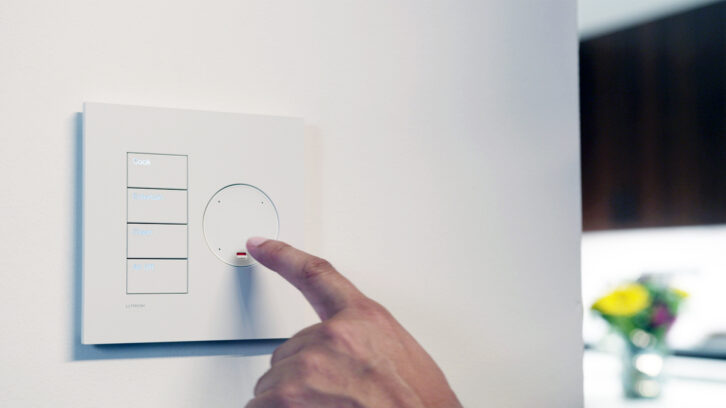
However, there is hope. In the fall of 2022, the Connectivity Standards Alliance released Matter, an interoperability standard designed to simplify communication between smart home devices. With Matter, any supported device can be controlled by any other Matter device, regardless of the manufacturer. This development will hopefully simplify the smart home industry, as consumers will no longer have to worry about picking devices that work well with their system. Instead, they can select the devices that best meet their needs, and they will work flawlessly with the rest of their smart home system.
While other protocols have tried and failed to deliver over the years, Matter provides hope going forward. The Josh.ai team is closely monitoring the launch of Matter and how it evolves in its early days positioned in the DIY market. Thanks to the technical expertise of our professional installers, it is not as applicable yet for device manufacturers catering to the custom integration industry. However, we are actively exploring how implementing Matter can help us achieve our long-term strategic goals so that we can embrace it as needed.
3. Thieves can unlock your house…virtually
As connected devices have become more widespread, so has the potential for hacking and cyberattacks. Despite cybersecurity being a concern Nader addressed eight years ago, the issue continues growing today with the rise of IoT adoption.
One solution to this problem is for businesses to prioritize cybersecurity in their operations, regardless of their size. They should implement strong security measures like data encryption, access controls, and regular software updates. Another important aspect of cybersecurity is educating your users on how to protect themselves from cyber threats. This includes basic security practices, such as creating strong passwords, being wary of suspicious emails, and avoiding public networks.

At Josh.ai, our team recognizes the importance of protecting client data and privacy. Internally, we continually optimize our standards through industry-leading encryption and an enterprise-grade security architecture. For our clients, transparency and complete control over their data go a long way in providing comfort behind closed doors. Unlike other mass-market products, Josh.ai will never use client information for marketing purposes or sell user data to third parties.
4. We need coordination, not just integration
With all the progress smart home technology has made, the industry is still striving for harmonious device coordination beyond traditional integration. While integrated systems have provided robust solutions via app, touchpanel, and voice control, manufacturers need to look ahead at true automated intelligence. The smart home of the future should be able to detect, predict, and respond to every family member’s needs. In doing so, making each user’s life safer, simpler, and more efficient.
Also by Max Fiore: How Smart Home Technology Enhances Quality of Life in Assisted Living
With today’s control systems, a “Room On” button performs the same action every time. In comparison, the “Room On” button programmed in a home intelligence platform should adapt based on environmental and conditional factors. For example, if the outside temperature is below 40 degrees, a “Room On” button press should activate the fireplace along with lights, shades, and any other devices in the room that constitute an “On” state. However, if it is above 40 degrees, the fireplace should not turn on with the rest of the room’s devices. Similarly, if the same “Room On” button is pressed before sunrise, then the blackout curtains should remain closed. However, the blackout curtain should open if this button is pressed during daylight hours.
At Josh.ai, our team debuted a first step towards Home Intelligence at CEDIA Expo 2022. The new Geneva OS update reimagined how clients are empowered to interact with their surroundings. Evolving the Josh.ai experience away from traditional programming and into an interface that anticipates a homeowner’s needs.
5. People are aware, just not ready to jump in
In 2015, Nader noted that the smart home was still in its early stages as a technology trend and had yet to reach mass adoption. This was consistent with Geoffrey Moore’s observation in his book, Crossing the Chasm. According to Moore, early adopters are typically risk-takers who are willing to invest in new technologies and try them out. However, the rest of the population tends to be more skeptical and cautious, waiting to see how well the technology performs before committing to it.
Over the last eight years, connected devices have proliferated the market to make smart home technology more user-friendly, affordable, and accessible. Today, nearly half of all US households interact with a smart home device every month, indicating that the technology has indeed crossed the chasm from early adoption to mass market consumption.
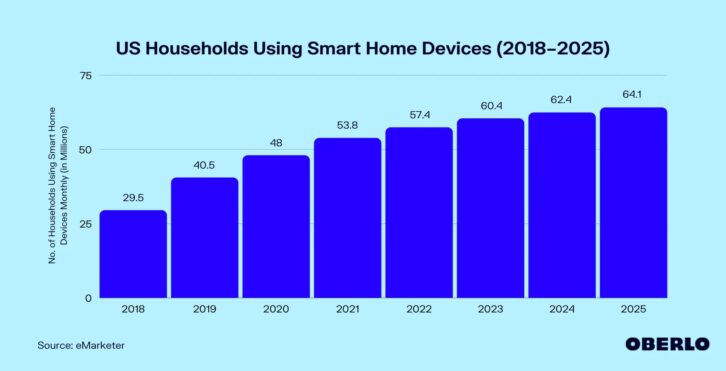
While we have reached a point of acceptance, the smart home industry is still growing rapidly and finding its footing in the process. Lacking device interoperability causes friction for consumers that do not have the luxury of a professional integrator. Concerns about data privacy and security remain a barrier for risk-averse users. As an industry, we must continue to innovate with compelling use-cases to keep up with evolving consumer preferences, value propositions, and technological advancements.
At Josh.ai, our team’s latest development with OpenAI’s ChatGPT has the potential to be truly transformative. In only a few weeks, Josh has evolved from a smart home platform to a leading assistant across use cases thanks to ChatGPT’s generative AI. Its implementation has also led to more natural interaction with respect to contextual home control, an area where Josh is continuously enabling seamless user experiences.
The industry has come a long way since our CFO, Nader Dajani, explored these challenges eight years ago. However, there is still much progress to be made and growth that will be enjoyed by smart home companies and consumers over the coming years. As we celebrate Josh.ai’s eighth birthday, we reflect on our progress and look forward to leading home intelligence into the future.

